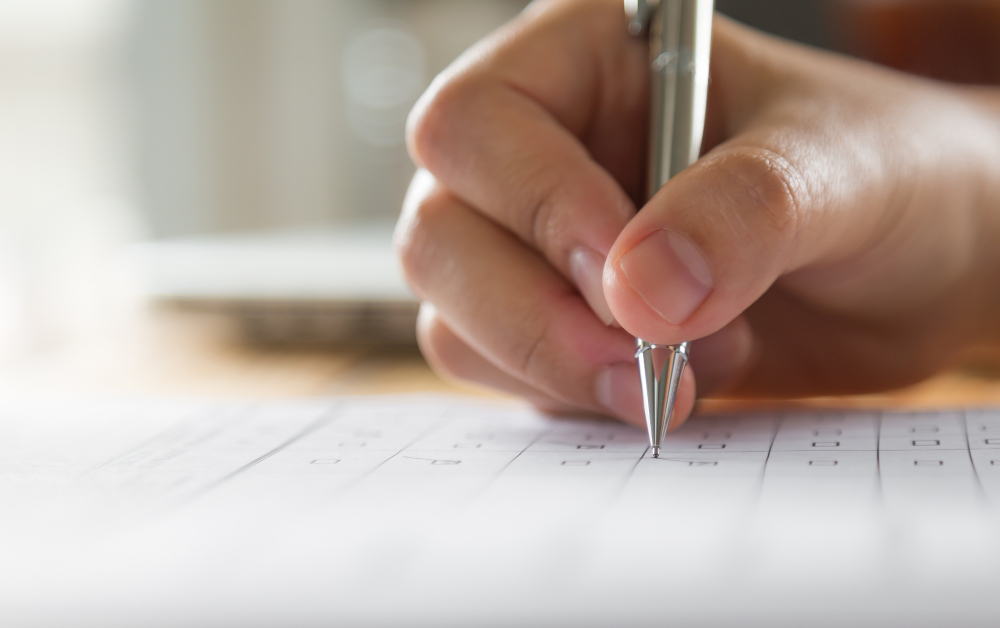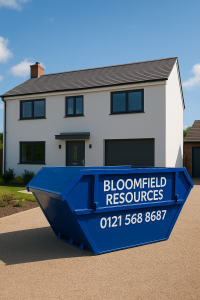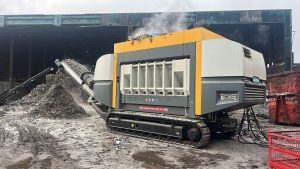Waste Management Insights
What you can and can’t put in a skip
Hiring a skip is a convenient and cost-effective way to deal with waste, from home renovations, garden clearances, or construction projects. But knowing what you can and can’t put in a skip is essential—not just for legal reasons, but also to ensure the safety of everyone handling the waste.
In this guide, we’ll break down what affects skip waste rules, what’s allowed, what isn’t, and more…
Why Skip Waste Rules Can Vary
Hiring a skip is a great way to manage waste, but once your skip arrives, many people find themselves second-guessing what they’re actually allowed to put in it. Can you mix rubble with wood? What about mattresses? And why are some items completely banned?
You’d think there would be one simple list of what can and can’t go in a skip—but that’s not the case. What’s allowed often depends on several factors:
1. Local Regulations
Different councils and areas have different rules around waste management, and these regulations can affect what skip companies are allowed to collect. Something you can dispose of in one area might not be accepted in another.
2. Skip Hire Companies’ Policies
Every skip hire company has its own guidelines. Some specialise in construction waste, while others may focus on domestic or green waste. These differences mean they may reject certain materials or charge extra to process them. As such, it’s worth assessing what your chosen skip providers regulations are, to make sure they align with your needs.
3. The Type and Size of the Skip
Not all skips are created equal. Heavier materials like soil or bricks are often limited to smaller skips (usually up to 8 yards) to ensure they can be safely lifted and transported. Overloading a skip with the wrong type of waste can lead to refusals or added fees.
4. Environmental and Health Concerns
Hazardous items like asbestos, solvents, and electrical goods usually require special disposal processes. Putting them in a general skip is not only dangerous but can also be illegal.
Always check with your skip provider first. It’s far better to ask upfront than to be hit with a surcharge later. Keep in mind that what’s allowed with one provider may not be with another.
Waste You Can’t Put in a Skip
Certain materials are banned due to safety, legal, or environmental reasons. Though some of these may vary depending on your provider. These include:
- Asbestos: This highly dangerous material requires a specialist to remove and dispose of safely.
- Paint and Chemicals: Anything flammable or toxic cannot go in a skip. This includes varnishes, oils, and cleaning fluids.
- Gas Cylinders: These pose an explosion risk and must be returned to the supplier.
- Electrical Items (WEEE Waste): Fridges, TVs, microwaves, and other appliances must be recycled through dedicated schemes.
- Batteries: Contain corrosive materials and heavy metals—skip companies can’t take them.
- Plasterboard: Often banned from general skips unless separated out, due to the risk of chemical reactions when mixed with organic waste.
- Tyres: Can’t be put in a skip and must go to a specialist recycling facility.
- Medical Waste: Needles, bandages, and sharps pose a contamination risk and are illegal to dump in skips.
Some skip companies may offer additional services for disposing of these items separately. If you’re unsure, always ask.
Hazardous Waste
Hazardous waste refers to anything that could be harmful to people, animals, or the environment. It’s not just about the obvious dangers—sometimes it’s chemical reactions or long-term contamination that are the concern.
Common examples of Hazardous waste includes:
- Asbestos sheeting
- Pesticides and herbicides
- Oil-based paints and thinners
- Adhesives and resins
- Fluorescent light tubes
- Gas bottles and fire extinguishers
You’ll need to arrange specialist hazardous waste collection, which often comes with its own requirements. To learn more on this, get in touch.
Waste You Can Put in a Skip
Most general household and building waste is allowed, including:
1. General Rubbish: non-electrical items, old furniture, packaging, and non-hazardous household junk.
2. Garden Waste: grass cuttings, leaves, twigs, branches, small tree stumps, and soil.
3. Wood and Timber: including offcuts, broken furniture, and floorboards.
4. Plastic and Metal: such as piping, guttering, and fixtures.
5. Bricks, Rubble, and Hardcore: leftover from demolition or landscaping.
6. Tiles and Ceramics: broken bathroom tiles, toilet bowls, sinks (as long as they’re not contaminated).
7. Paper and Cardboard: boxes, newspapers, and office clear-out waste.
Skip companies often refer to this as mixed general waste, which includes a bit of everything but nothing hazardous.
Can You Mix Different Types of Waste in a Skip?
In many cases, yes, you can mix different waste types in a skip—but there are restrictions you need to be aware of.
Mixed General Waste:
For most domestic and light commercial jobs, a mixed waste skip is fine. This means you can include wood, plastics, packaging, furniture, and more in one load. Just avoid banned items.
Weight Considerations:
It’s not recommended you mix heavy materials like soil, sand, or concrete in large skips. Why? Because they can quickly exceed the safe weight limits for lifting and transport. For these types of jobs, we offer skips up to 8 yards. Attempting to fill a 12-yard skip with rubble could mean it won’t be collected—or you’ll be asked to offload some waste.
Inert Waste vs. Mixed Waste:
If you’re clearing a garden or landscaping, you may have mostly inert waste like soil, stones, and turf. These can go together, but should not be mixed with general rubbish or green waste unless your skip provider allows it. The same goes for plasterboard—if it must be included, you may be asked to bag and separate it.
Overfilling:
A skip must not be filled beyond its “level load” line. Overfilling it makes it unsafe to transport and can lead to additional charges or refusal to collect.
Final Thoughts
Knowing what you can and can’t put in a skip doesn’t just help avoid trouble—it can actually save you money. By understanding the rules around mixed waste, skip sizes, and prohibited materials, you’ll avoid hidden charges and ensure your project runs smoothly from start to finish.
Here’s a quick checklist before your skip arrives:
- Know your waste type (general, garden, inert, etc.)
- Check the size limits for heavy waste
- Keep prohibited items out of your skip
- Ask your skip company if you’re unsure
- Never overfill beyond the rim
Hiring a skip should be easy—and with a little preparation, it will be. Whether you’re tackling a home renovation or a commercial build, knowing the rules makes for a cleaner, safer job all round.

 Book A Skip
Book A Skip





 Fast, hassle-free booking
Fast, hassle-free booking
